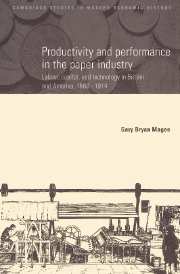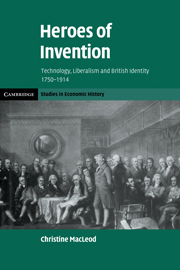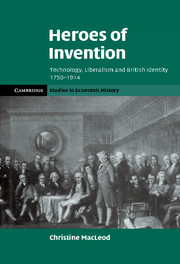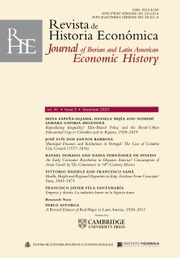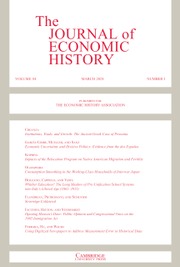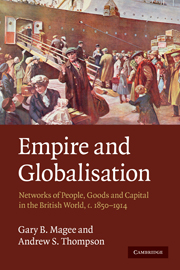Productivity and Performance in the Paper Industry
This pioneering 1997 study examines the economic development of the British paper industry between 1860 and 1914 - an era in which it is often claimed that the origins of Britain's relative economic decline are first witnessed. For paper-making, this was also a period in which an array of important new forces, including inter alia the development of new raw materials and the move to ever larger scales of production, came on the scene. Gary Bryan Magee looks at the effect of these changes and assesses how effectively the industry coped with the new pressures, drawing upon an extensive range of quantitative and archival sources from Britain, America, and other countries. Along the way, Dr Magee addresses issues central to the understanding of industrial competitiveness, such as technological change, entrepreneurship, productivity, trade policy, and industrial relations.
- Sheds light on the processes of technological change and entrepreneurship in an important but little-studied industry
- Makes a comparative survey of British and American economic performances
- Discusses important issues for economists, such as tariffs, productivity, industrial relations and their effect on performance
Product details
April 2002Paperback
9780521892179
312 pages
228 × 153 × 23 mm
0.6kg
1 b/w illus. 51 tables
Available
Table of Contents
- List of Tables
- List of Figures
- Acknowledgements
- List of abbreviations
- Introduction
- 1. Background
- 2. Technological change
- 3. Performance
- 4. Rags, esparto and wood: entrepreneurship and the choice of raw materials
- 5. The Anglo-American labour productivity gap
- 6. Unions and manning practices in Britain and America
- 7. Raw materials, women, and labour-saving machinery: the Anglo-American gap, 1860–90
- 8. Technological divergence: the Anglo-American gap, 1890–1913
- 9. Free trade and paper
- Conclusion
- Notes
- Bibliography.

